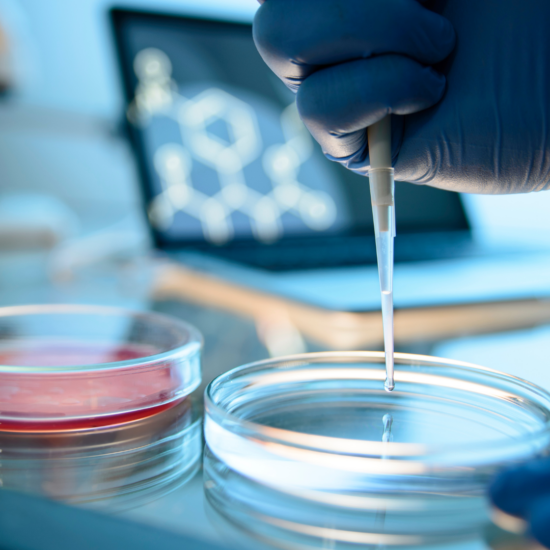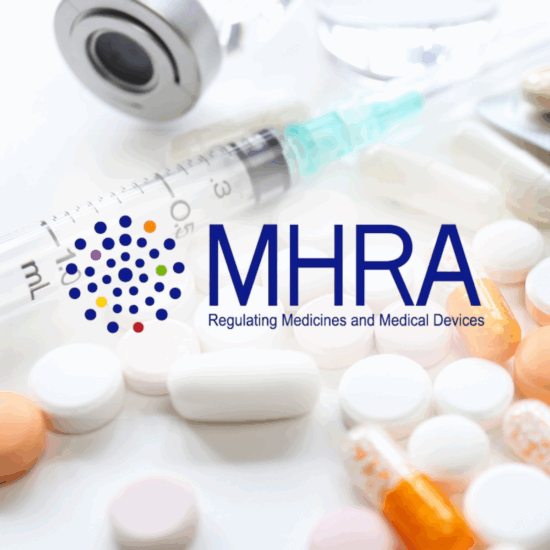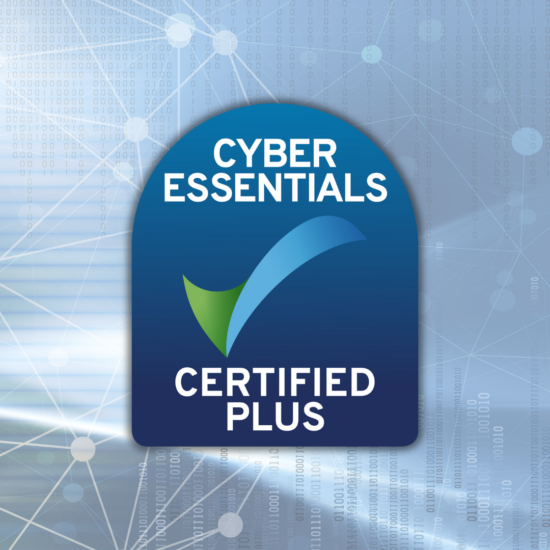New UK Clinical Trials Regulation 2024: What You Need to Know
Published May 29, 2025
Published 25th September 2023

This is a time of change for the UK Regulator, MHRA. Responding to the challenges and opportunities presented by the development of new technologies, fulfilment of UK’s Life Sciences Vision and the transition from membership of the European regulatory network to becoming a standalone sovereign regulator, MHRA has outlined in its Corporate Plan 2023 to 2026 a series of priorities:
1. Maintain public trust through transparency and proactive communication
2. Enable healthcare access to safe and effective medical products
3. Deliver scientific and regulatory excellence through strategic partnerships
4. Become an agency where people flourish alongside a responsive customer service culture
MHRA is delivering on the second of these promises, in part, by introducing the International Recognition Procedure (IRP). This initiative is an important next step in streamlining UK regulation of medicinal products and is expected to increase MHRA’s capacity, providing faster risk-proportionate assessment and an improvement in reliability and predictability.
The International Recognition Procedure (IRP) will allow the MHRA to take account of the decision-making of certain other regulators (MHRA calls these “Reference Regulators”) to support their own assessments of medicinal products. Depending on the time since the Reference Regulator assessment and the degree of similarity to the original approval, MHRA assessment timelines can be reduced to as little as 60 days. By reducing MHRA stand-alone assessment, the International Recognition Procedure has the potential to support patients in the UK with expedited access to innovative medicines that have been approved in other countries. For industry this means cost reductions and streamlined regulatory processes.
The new procedure builds on experience gained via the ECDRP and MRDCRP (so-called reliance route) procedures that were introduced temporarily after UK left the European Union (EU). In these procedures, the assessments of the European Medicines Agency (EMA) and other European regulators were taken into account. The International Recognition Procedure replaces and incorporates these and is bigger! – allowing MHRA to additionally take account of assessments in USA, Canada, Singapore, Switzerland, Australia and Japan. MHRA states that it has consulted guidance available from global regulators with long-term experience in reliance routes, aiming to take the best elements of all of these to optimise UK assessment procedures.
The procedure will run alongside MHRA’s other international collaborations (Project Orbis, for innovative cancer treatments; and Access Consortium, a work sharing arrangement covering new active substances, biosimilars and generics).
MHRA published initial guidance on 30th August, also providing details of a webinar intended to introduce the scheme and provide an opportunity to ask questions. Demand for places rapidly outstripped supply, although MHRA has promised to provide the recording within 2-3 weeks.
DLRC consultants were fortunate to join the webinar live. Here, they share the key updates and their initial thoughts on MHRA’s new procedure. This is a new procedure, and MHRA has provided a readable and informative introduction on their website. The webinar broadly re-presented the information currently available on MHRA’s website, with no surprises at this point, but the speakers outlined the rationale and provided an opportunity for some Q&As (Q&As are often not included in MHRA’s recordings).
The International Recognition Procedure will function alongside other national and international routes, providing an optional assessment route for new active substances, new fixed combination products, generics (including hybrid applications), biologics, vaccines and biosimilars, and advanced therapy products. There are a few exclusions including traditional herbal medicines, homoeopathic medicines, and applications based on well established use, where the evidence is largely based nationally. The procedure may be followed for new marketing authorisation (MA) applications and for certain post-authorisation procedures, including Type IB and Type II variations, line extensions, and MA renewals.
Recognition B in effect provides MHRA assessors with the opportunity for consultation with the UK Government’s independent expert advisory committee, the Commission on Human Medicines (CHM). Submission dates for Recognition B applications will be published to align with meeting dates (as is currently done for national procedures).
The applicant should be established in UK/EU/EEA and is usually the same as the MA holder of the reference approval.
1. A product licence number should be requested from MHRA.
2. An online eligibility form should be completed 6 weeks before the planned submission – this is not published yet but is expected to be an interactive form that will indicate eligibility for Recognition A, Recognition B or requiring triage.
3. For new active substances, the completed eligibility form should be submitted to the MHRA Recognition mailbox 6 weeks in advance of the planned submission, a step which is predominantly to help MHRA in resource planning.
4. A pre-submission meeting is not required for the International Recognition Procedure (but the applicant may request one).
5. The application must be submitted as a single consolidated eCTD sequence with UK-specific Module 1 (administrative and prescribing information) and all assessment reports of the Reference Regulator. A copy of the eligibility form should be included with the submission.
1. What about ongoing national MA applications? Can they switch to the new procedure? MHRA confirmed there will be no possibility to switch between routes once the procedure is established. A switch will entail withdrawal and resubmission. However MHRA acknowledged that some products are currently in a backlog of applications; there will be some flexibility for these.
2. MHRA has published an overview of differences from the reference approval that might require more detailed review via a Recognition B assessment. But when is a change significant enough to mean a B route assessment is needed? We expect to gradually develop our understanding of this, and MHRA is planning to share its learnings from triage of the eligibility assessments.
3. MHRA is engaging with industry on an equivalent scheme for medical devices. Watch this space – we are expecting news before the end of the year.
4. The regulatory dossier will need to meet EU eCTD format and content requirements, but more detailed guidance will be issued very shortly – we assume it will provide more information on how to reflect any proposed differences from the reference approval, currently not described in MHRA guidance.
5. Fees will generally follow the existing reliance route fees.
6. MHRA does not currently plan to widen the scope of the International Recognition Procedure to include other Reference Regulators. However the inclusion of well-established use (so-called bibliographic) applications might be considered in future.
7. Timetables for post-authorisation submissions (Type IB and Type II variations) will be the same as for the corresponding national procedures, although some time savings might practically be seen for complex variations e.g. extension of indication. MHRA is planning to create an online International Recognition Procedure Variation eligibility form in the future.
In conclusion, the information shared so far by MHRA on the new International Recognition Procedure gives reason to be optimistic about its success in bringing new products to the UK market, in an efficient manner, perhaps even ahead of the EU.
MHRA has as usual, provided a readable overview of the procedure on its website, and the supporting webinar provided an opportunity to learn (a little) more. We understand something of the rationale for the procedure, of MHRA’s vision to build on the success of the existing reliance schemes and expand on them, and most importantly, how and when to apply for Recognition A/Recognition B procedures. The Q&As provided interesting background and a few tips, but they also suggest that there is much more information to share before the procedure comes into operation in January 2024.
DLRC will continue to engage with MHRA during the critical three-month period prior to launch of the procedure and beyond, monitoring MHRA communications, asking questions to support client regulatory strategic planning and participating in relevant industry meetings.
DLRC is excited about the launch of MHRA’s new International Recognition Procedure and see it as an important pillar of the Agency’s commitment to provide risk-proportionate regulation and to facilitate access to safe and effective medicinal products. For industry it should provide greater transparency and reliability – good news for all!
DLRC’s experienced consultants are ready to help you navigate this new procedure: contact us at hello@dlrcgroup.com to find how we can support you.
Or, talk to DLRC’s experts in person at the UK BioIndustry Association The Future of UK Regulation Conference 2023, where they hope to contribute to the ongoing conversation with industry and MHRA representatives.
Find this article helpful? To gain access to exclusive content, ranging from in-depth whitepapers and thought-provoking articles to information on industry events and exclusive interviews with regulatory leaders, sign up to the DLRC newsletter below.

Published May 29, 2025

Published May 29, 2025

Published May 01, 2025

Published Apr 28, 2025

Published Apr 25, 2025

Published Apr 11, 2025

Published Mar 31, 2025

Published Mar 27, 2025

Published Mar 27, 2025